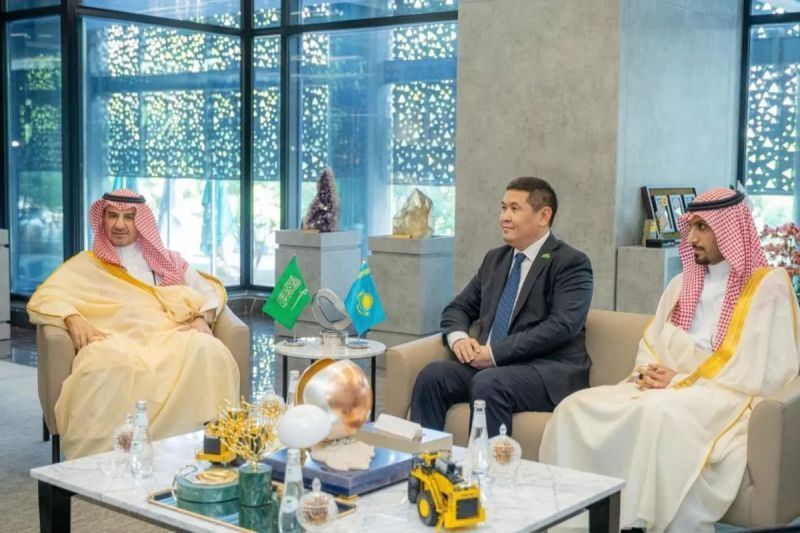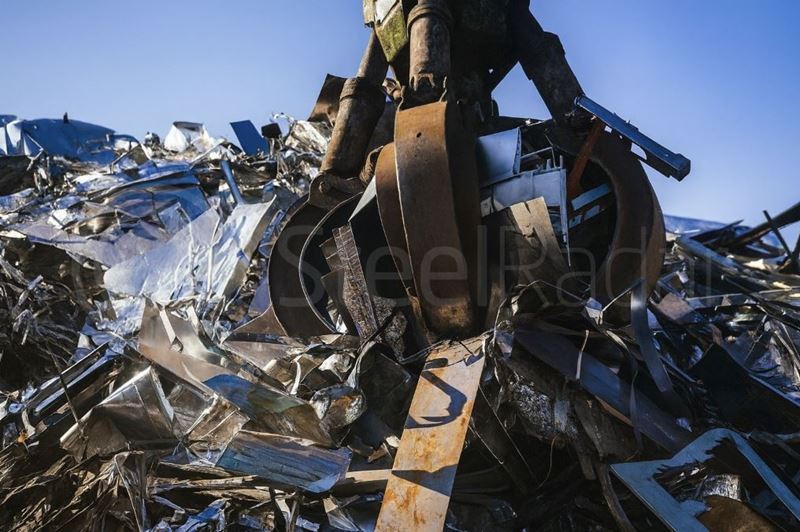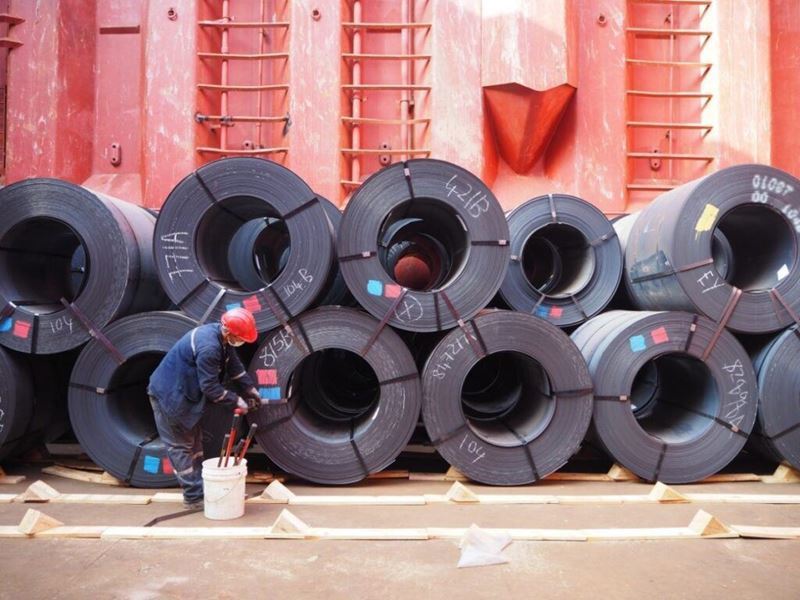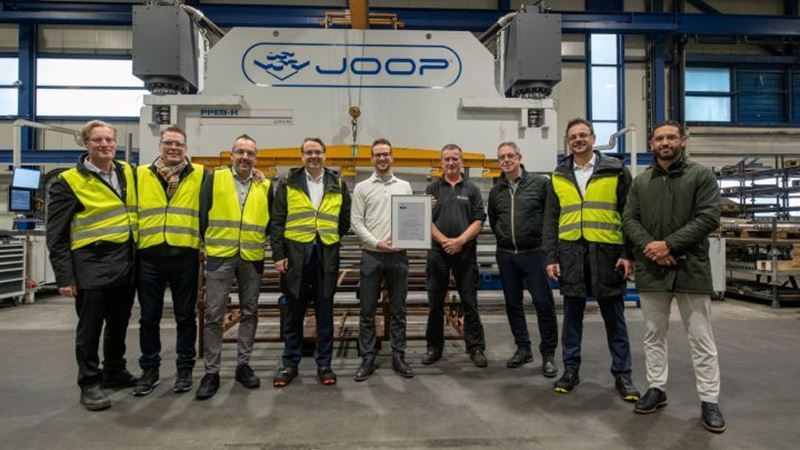The scrap and metal waste processors’ association recently sent a formal request to the government. In 2025, Russia’s quota for ferrous scrap exports is set at 1.5 million tonnes. Exports within this quota are subject to a 5% duty, with a minimum of €15 per tonne. Exports exceeding the quota are taxed at the same rate but with a minimum of €290 per tonne.
Scrap collectors argue that domestic demand for scrap is expected to fall from 17.74 million tonnes last year to between 13 and 15 million tonnes this year. According to their estimates, restrictions prevented exporters from selling 3 million tonnes abroad, resulting in a loss of around $1.08 billion.
This, they warn, could lead to a loss of foreign markets, job cuts, and reduced production capacity within Russia. They proposed increasing the export quota by at least 800,000 tonnes. Meanwhile, the Ministry of Industry and Trade reported that the quota had already been raised by 300,000 tonnes earlier this year.
However, the Association of Electric Steelmaking Enterprises rejected the exporters’ arguments, stating that even the current 1.5 million-tonne quota has not been half used. A mechanism is also in place to allow for further increases in the second half of the year.
The association stressed that the electric steelmaking sector is in crisis, struggling to compete globally. Russian scrap exported abroad is used by other countries to produce steel that is then sold on markets closed to Russian metal, further limiting Russia’s export opportunities. They suggested the government consider reducing the quota rather than raising it.
An industry source also noted that Belarus has essentially halted scrap exports, Kazakhstan maintains export barriers, and the EU is considering similar measures.
According to industrial analyst Leonid Khazanov, lifting the quotas entirely could cause a sharp increase in scrap exports and lead to a domestic steel production decline of at least 20%.









Comments
No comment yet.